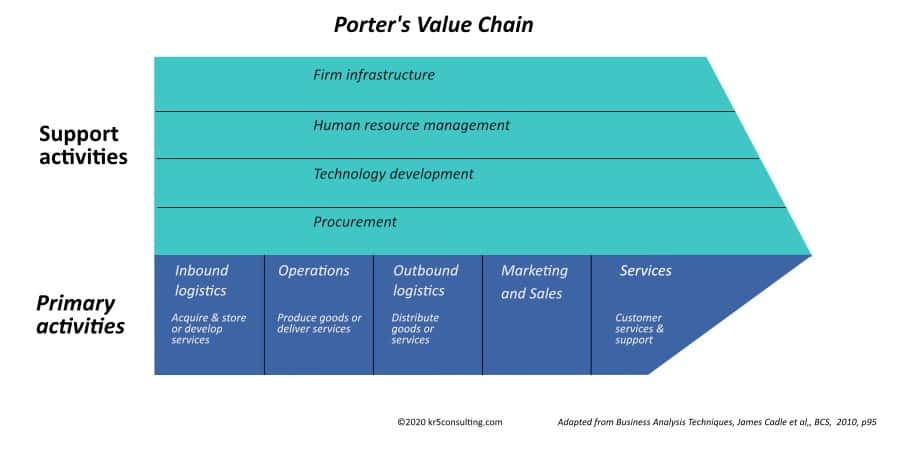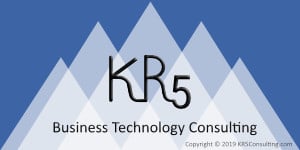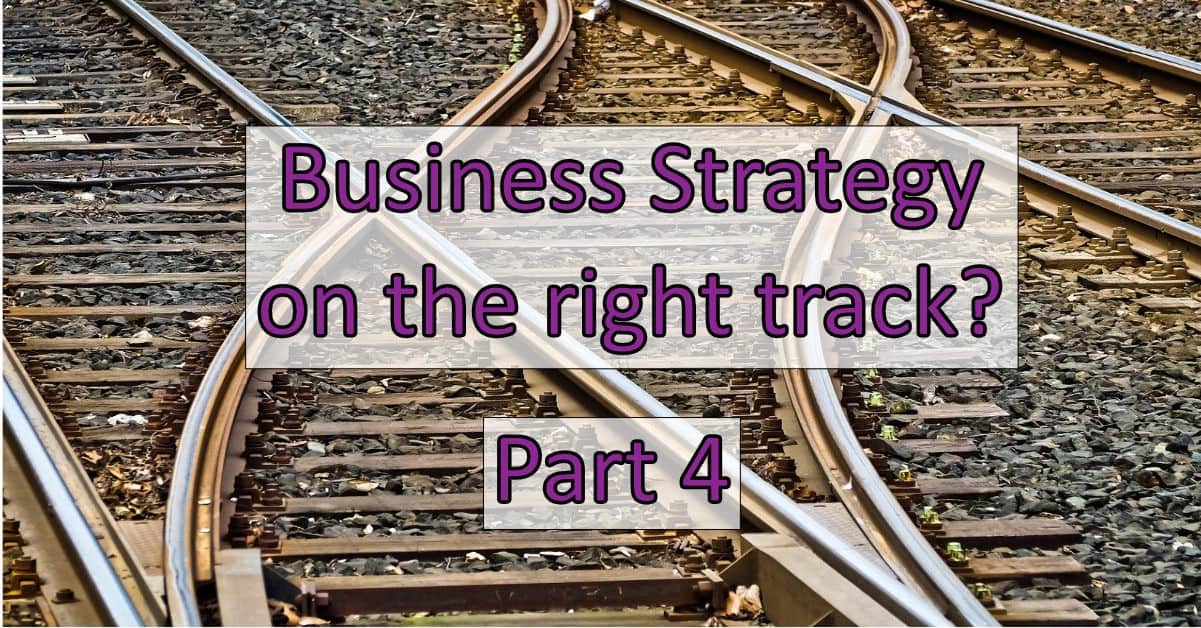Digital value chain uses technology to disrupt a market. When a business comes out of the blue with an amazing idea, have you ever asked, “why didn’t I think of that”? Ever want to come up with that brilliant idea – then read on to find out how digital can turn the tables.
Rogan Hounsell-Roberts was a founder of a successful scale-up; has helped organisations across many sectors achieve success; is a founder of KR5 Consulting; and has a passion for helping ambitious business leaders to scale-up and exit.
You’ve all heard “think out the box”, and perhaps silently groaned inside. Yet many want to think creatively and look at problems in a fresh way. And let’s face it, coming up with new solutions is all part of being an entrepreneur. In this final part of this series, we look at companies that surprise everyone when they come out of left field and use a digital value chain to disrupt a market.
Business strategy on the right track?
This is the final part of our series “Business strategy on the right track?”. Our series takes a journey, looking at fresh, exciting and new ways of looking at your business using digital. When it’s easy to think it can only work one way, it’s great to have a change of view to see how it might be better.
Part-one introduced the series by asking “What is digital strategy, and can it help me scale?”. We followed with Part-two “Increasing value for your business with digital”. Then in part-three we looked at using digital to take a fresh look at cost structure in “Cost Structure – Thinking Differently”.
Challenging the status-quo
A common theme of disruption is to challenge traditional assumptions. We all make assumptions because it helps us get to grips with a complex world. The thing is, we don’t always realise we’re assuming. For example, in days gone by we might have assumed: You need to go to a shop to buy a product; you have to buy insurance from a person; business meetings are in person; presentations need a meeting room; or a computer is too big to carry around.
What is a value chain?
If you boil it down, the activity of a business is to take raw materials or talent and create value that customers are willing to pay for. For example, a manufacturer buys wood, produces & sells furniture. Michael Porter (1985) developed the original value chain. This consisted of primary & support activities. The Primary Activities are all about acquiring & storing the raw materials; transforming these into something of value; getting these to the customer; marketing and sales; and after sales service. Support Activities ensure that the primary business runs smoothly.

Why digital value chain?
When people talk about digital value chain, they are really talking about using digital to disrupt a market. You can take any type of business and use the value chain to ask questions. Ask questions about value creation or the industry assumptions that could unlock disruption. Here we’ve pulled out a few examples.
Peer Markets

Peer markets are decentralised and allow buyers and sellers to trade. In “From Zipcar to the Sharing Economy”, Arun Sundararajan talks about the growth of these peer markets. Platforms act as a digital go between for supply and demand. We might think of e-bay, or Amazon marketplace. In some cases, they unlock untapped supply, for example, Airbnb has unlocked empty rooms and disrupted traditional hotels. YouTube is an example of creating a new market: Who knew how many people would want to create video content! We might also think about Bitcoin as an alternative currency and disrupting traditional banking.
These platforms have moved people away from using a centralised model and offered a service at a lower cost. Peer market platforms must scale to work. They need a high number of smaller transactions. The buyers and sellers do most of the work, providing information about each other and regulating themselves through reviews.
Digital distribution
I was going to start by saying that you can’t distribute physical goods digitally, and then I thought about Kindle books, podcasts, Netflix, and all those downloadable manuals. A few decades ago, you’d have assumed they would be physical. We now think online banking and insurance is the norm, yet we wouldn’t have thought them possible a few years ago.
Then I thought about professional services, using web meetings instead of in person. Today, so much training is online, either as a formal course or via a webinar. Schools use this to manage courses, classes and deliver work and assessments remotely. We can now deliver so much digitally, even experiences!
Self-service

We talked about cutting out the middleman in part-three as part of cost structure. Digital also provides an opportunity to create a direct relationship with your customer. If you can identify their needs, you can provide a great customer experience that delivers what they want and when they want it. Customers can self-serve, pulling the information they need and making their lives easier. If it takes a fraction of the time to get something done, you’ve given your customer a valuable gift. An example is Netflix: Instead of the time to go to a store, choose a video, and then the time to return it, it’s all there at their fingertips.
Finally
In this article we’ve shared ideas about how digital can bring buyers and sellers closer through peer markets; how it challenges how we think about distribution; and how digital allows customers to directly get what they want and when they want it. We hope that this has been food for thought in thinking about your business in a fresh way.
At KR5 Consulting, we’re here to help business leaders achieve their vision. Your goal might be to grow & scale, turnaround or exit. Through understanding your business, we uniquely assist you to reach your destination. We help you plan, choose software, build, and deliver your projects. Our purpose is to help you accelerate, increase profits, scale-up, acquire customers and beat the competition.
If you’d like to explore the ideas in this article further or need help and advice, please contact Rogan at rhounsell@kr5consulting.com – to arrange an informal chat.
If you’ve found this blog interesting or useful, please ‘like’, ‘comment’ or ‘share’ so it can help others too.

